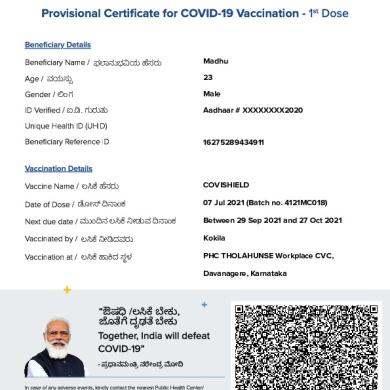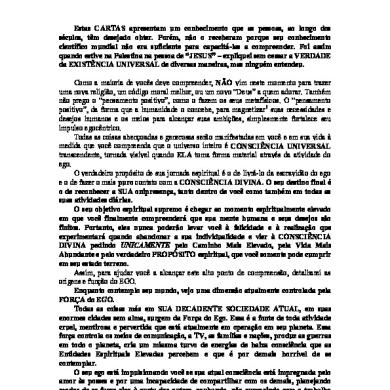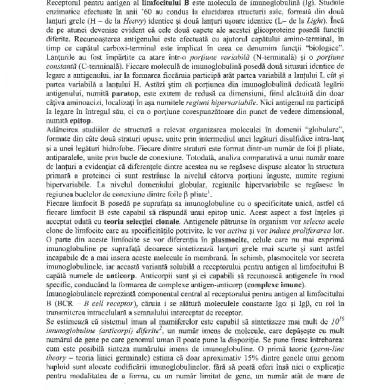* The preview only shows a few pages of manuals at random. You can get the complete content by filling out the form below.
Description
Now if we pick Japan – ranked as one of the highest life expectancy countries around the world, we have the three highest protein intake categories as animal products 27.76%, vegetable products 22.24%, and cereals 12.42%. And in the rest of the food categories, the slightly higher percentage lies around meat 9.81%, fish/sea food 9.57%, oil crops 4.98%, milk 4.11%, eggs 3.57%, where the rest of the categories are all around 1% or less. Overall, Japan consume most of their proteins from animal products. If we add up animal product, meat and seafood, it will sum to around 50% of the protein overall percentage. Compare to the 2 countries above, Japan has a significantly higher protein intake from seafood, and more importantly, everything is pretty evenly distributed. For example, the big categories like vegetables, animal products take around 25% each, the grain/cereal categories and seafood takes generally around 10%, next the egg, milk, other dairy products are around 5%, then it leaves the smaller categories like alcohol, sugar/sweenters, spices categories which generally takes around 1% or less. Japan has a population count of 125967000, which is less than the US, but since life expectancy is high, this means that the more consistent/balanced dietary pattern does make a difference in people’s health. Compare the general trend observed from the 3 countries selected above, Americans consumes most proteins from vegetables related products, and it almost doubles the amount of percentages for meat (which is the second highest protein intake category), and together just those 2 food categories takes up the majority of the protein intake percentage. This dietary pattern is not bad, but still a bit unbalanced. Chad has the majority of protein consumption coming from grain related products and vegetables, but animal/meat related products is very low compared to others. Again, this is another imbalanced protein intake pattern. Even though there are other factors that may impact the life expectancy, protein consumption and dietary selections is definitely a very important factor among all. Japan has the most balanced dietary pattern. The different food categories break down pretty evenly – with the larger food categories (like vegetables and meat) each taking 25%, then 10% for the grains and seafood, and 5% for eggs/milk, then 1% for the rest of the smaller food categories. Conclusion The USDA Center for Nutrition Policy and Promotion recommends a very simple daily diet intake guideline: 40% vegetables, 30% grains, 20% protein and 10% fruits.













